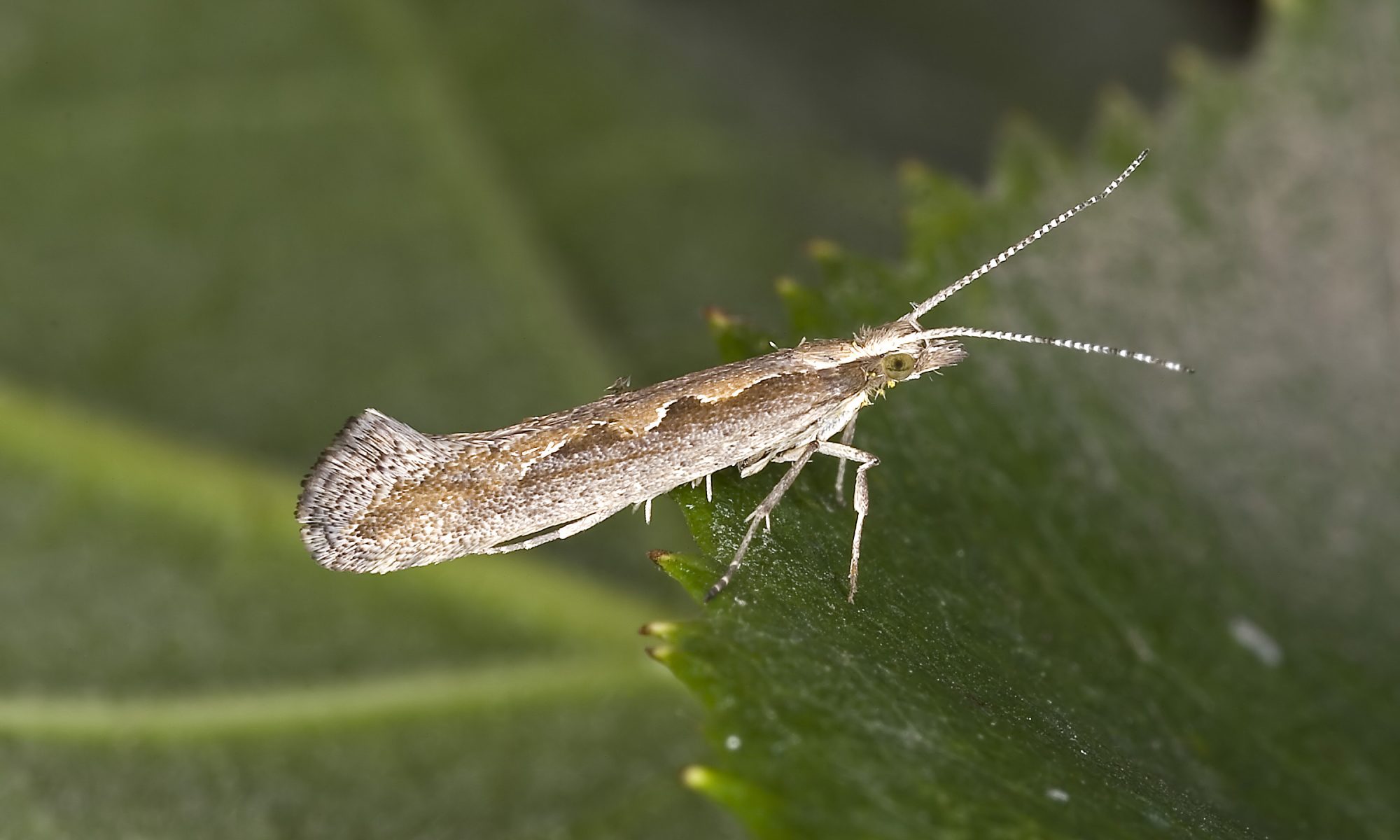- For the prevention of diamondback moth, bold mustard should be sown in 2 lines after every 25 lines of cabbage/Cauliflower.
- Spray the crop with Profenofos 50% EC 500 ml/acre or Profenofos 40% EC + cypermethrin 4% EC @ 400 ml/acre or
- Spinosad 25% SC100 ml/acre or Indoxacarb @ 300 ml/acre or Emamectin Benzoate 5% SG @ 100 gm/acre Spray at fortnight intervals starting from 25 days after transplanting to control the pest.
- For biological control Beauveria bassiana @ 1kg/acre.
- Note: Mix the sticker with each spray.
Like and share with other farmers by clicking on the button below.
Share





